Ace your Microbiology Lab Final Exam with this comprehensive study guide, featuring key questions, detailed answers, and essential safety protocols to ensure your success. Designed for students in microbiology, biology, or health sciences programs, this resource covers critical topics such as microbial identification, staining techniques, culture methods, and lab safety practices. Each question is paired with clear, accurate answers to reinforce your understanding of complex concepts, while the included safety protocols provide practical guidance for working in a lab environment. Perfect for preparing for lab finals, practical exams, or certification tests, this guide helps you build confidence and master microbiology lab skills. Study smarter and excel with this all-in-one Microbiology Lab Final Exam resource.
Preview
1. To look for motility in your pet bacterium, you’ll need to make a young fresh culture
in T-soy broth. How long does the culture need to incubate before you can use it to
make a hanging drop slide?
A) 15 minutes
B) 30 minutes
C) 45 minutes
D) 0 minutes. As soon as you re-suspend bacteria in liquid, they should start moving
around if they have flagella.
✅ Correct Answer: C) 45 minutes
Rationale: Bacteria require time to reach an active motile state, typically after 45 minutes
of incubation. This ensures they have adapted to the broth medium and are metabolically
active enough to exhibit motility.
2. How many colonies of your pet bacterium should be re-suspended in T-soy broth to
make the young culture?
A) Half a colony
B) One colony
C) Two colonies
D) Three or four colonies
E) It depends on how big the colonies are. What you want is a suspension that is already
just a little bit cloudy before you put it in the incubator.
✅ Correct Answer: E) It depends on how big the colonies are. What you want is a
suspension that is already just a little bit cloudy before you put it in the incubator.
Rationale: The amount of bacteria needed depends on colony size. A slightly cloudy
suspension ensures enough bacteria for growth without excessive overcrowding, which
can affect results.
3. The hanging drop slides have a piece of pink tape along one side. What is this piece
of tape for?
A) The tape is there to label the slide, so you don’t forget what your sample is.
B) The tape is there to make sure the slide doesn’t slide around when it’s on the
microscope.
C) The tape is there to remind you that we don’t discard the hanging drop slides when we’re
done with them. We wash them and use them again.
✅ Correct Answer: C) The tape is there to remind you that we don’t discard the
hanging drop slides when we’re done with them. We wash them and use them again.
Rationale: Hanging drop slides are reusable and should be cleaned rather than discarded.
The pink tape serves as a reminder to wash and reuse them.
4. The circle that you draw on the cover slip should be:
A) Smaller than the depression on the hanging drop slide, so that it fits cleanly inside.
B) The same size as the depression on the hanging drop slide, so that the grease pencil just
touches the glass where the depression begins.
C) Larger than the depression on the slide so that the depression fits cleanly inside the
circle when the slide is assembled.
✅ Correct Answer: A) Smaller than the depression on the hanging drop slide, so that
it fits cleanly inside.
Rationale: A smaller circle ensures the sample stays within the depression of the slide,
preventing it from spreading too far and making observation difficult.
5. To make a hanging drop slide, you should:
A) Place a very small drop of culture (preferably less than a loopful) onto the cover slip, in
the center of the grease pencil circle. It does not need to be big enough to actually touch
the circle.
B) Place one entire drop of culture onto the cover slip in the center of the grease pencil
circle. Ideally, it should fill the circle, touching the grease pencil mark on all sides.
C) Place a single loopful of culture into the center of the depression, so that it comes in
contact with the grease pencil circle on the cover slip when the slide is assembled.
D) Place two or three loopfuls of culture into the center of the depression so that the
depression is full of liquid when the cover slip is placed on top.
✅ Correct Answer: A) Place a very small drop of culture (preferably less than a
loopful) onto the cover slip, in the center of the grease pencil circle. It does not need
to be big enough to actually touch the circle.
Rationale: A very small drop ensures that the bacteria remain suspended in the liquid
rather than spreading too far, which allows for better observation of motility.
in T-soy broth. How long does the culture need to incubate before you can use it to
make a hanging drop slide?
A) 15 minutes
B) 30 minutes
C) 45 minutes
D) 0 minutes. As soon as you re-suspend bacteria in liquid, they should start moving
around if they have flagella.
✅ Correct Answer: C) 45 minutes
Rationale: Bacteria require time to reach an active motile state, typically after 45 minutes
of incubation. This ensures they have adapted to the broth medium and are metabolically
active enough to exhibit motility.
2. How many colonies of your pet bacterium should be re-suspended in T-soy broth to
make the young culture?
A) Half a colony
B) One colony
C) Two colonies
D) Three or four colonies
E) It depends on how big the colonies are. What you want is a suspension that is already
just a little bit cloudy before you put it in the incubator.
✅ Correct Answer: E) It depends on how big the colonies are. What you want is a
suspension that is already just a little bit cloudy before you put it in the incubator.
Rationale: The amount of bacteria needed depends on colony size. A slightly cloudy
suspension ensures enough bacteria for growth without excessive overcrowding, which
can affect results.
3. The hanging drop slides have a piece of pink tape along one side. What is this piece
of tape for?
A) The tape is there to label the slide, so you don’t forget what your sample is.
B) The tape is there to make sure the slide doesn’t slide around when it’s on the
microscope.
C) The tape is there to remind you that we don’t discard the hanging drop slides when we’re
done with them. We wash them and use them again.
✅ Correct Answer: C) The tape is there to remind you that we don’t discard the
hanging drop slides when we’re done with them. We wash them and use them again.
Rationale: Hanging drop slides are reusable and should be cleaned rather than discarded.
The pink tape serves as a reminder to wash and reuse them.
4. The circle that you draw on the cover slip should be:
A) Smaller than the depression on the hanging drop slide, so that it fits cleanly inside.
B) The same size as the depression on the hanging drop slide, so that the grease pencil just
touches the glass where the depression begins.
C) Larger than the depression on the slide so that the depression fits cleanly inside the
circle when the slide is assembled.
✅ Correct Answer: A) Smaller than the depression on the hanging drop slide, so that
it fits cleanly inside.
Rationale: A smaller circle ensures the sample stays within the depression of the slide,
preventing it from spreading too far and making observation difficult.
5. To make a hanging drop slide, you should:
A) Place a very small drop of culture (preferably less than a loopful) onto the cover slip, in
the center of the grease pencil circle. It does not need to be big enough to actually touch
the circle.
B) Place one entire drop of culture onto the cover slip in the center of the grease pencil
circle. Ideally, it should fill the circle, touching the grease pencil mark on all sides.
C) Place a single loopful of culture into the center of the depression, so that it comes in
contact with the grease pencil circle on the cover slip when the slide is assembled.
D) Place two or three loopfuls of culture into the center of the depression so that the
depression is full of liquid when the cover slip is placed on top.
✅ Correct Answer: A) Place a very small drop of culture (preferably less than a
loopful) onto the cover slip, in the center of the grease pencil circle. It does not need
to be big enough to actually touch the circle.
Rationale: A very small drop ensures that the bacteria remain suspended in the liquid
rather than spreading too far, which allows for better observation of motility.
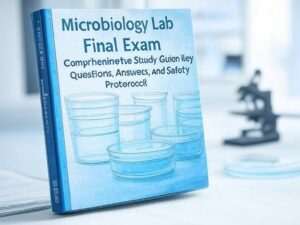
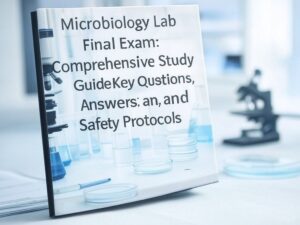



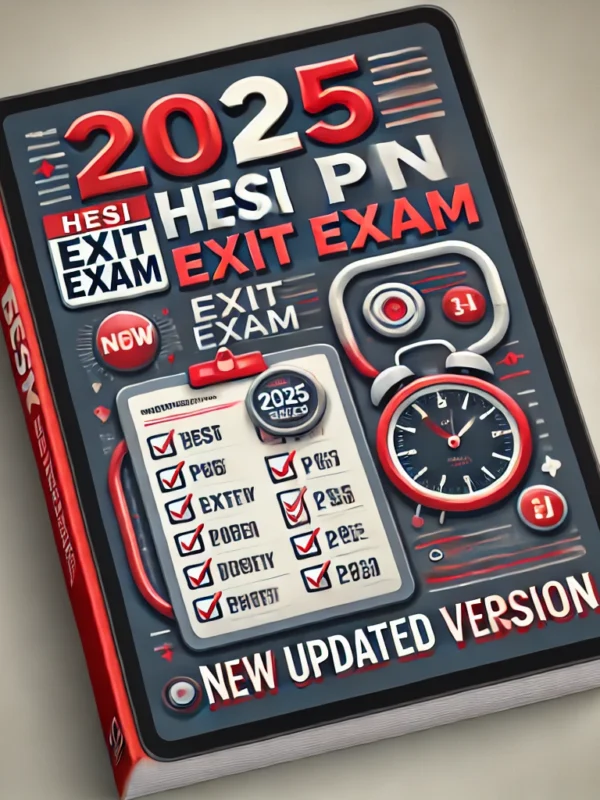
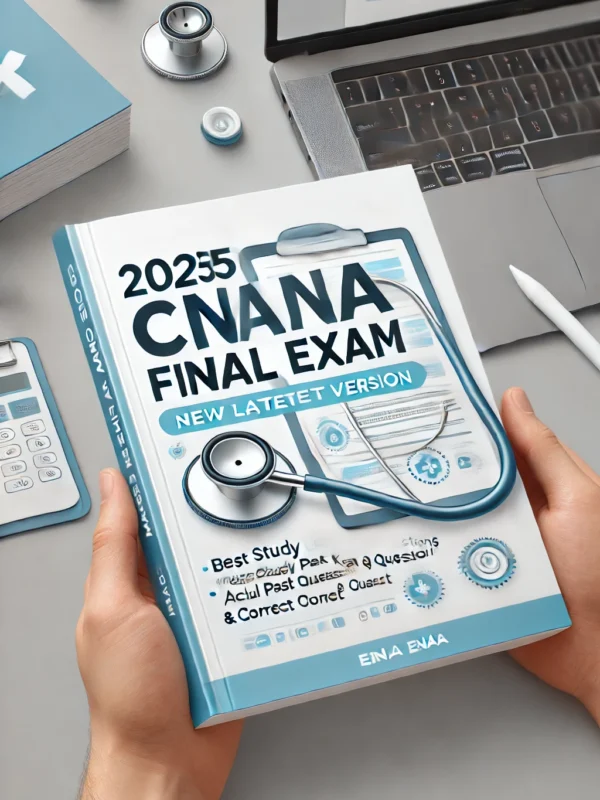
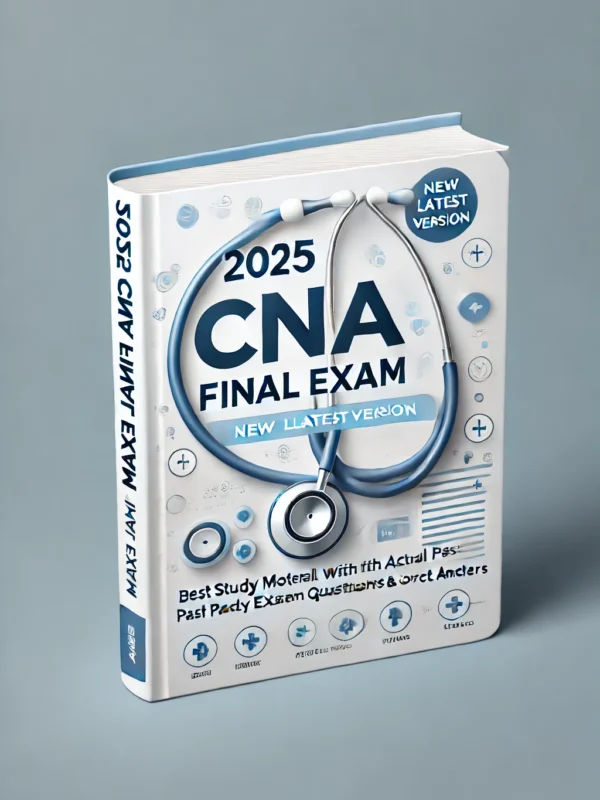
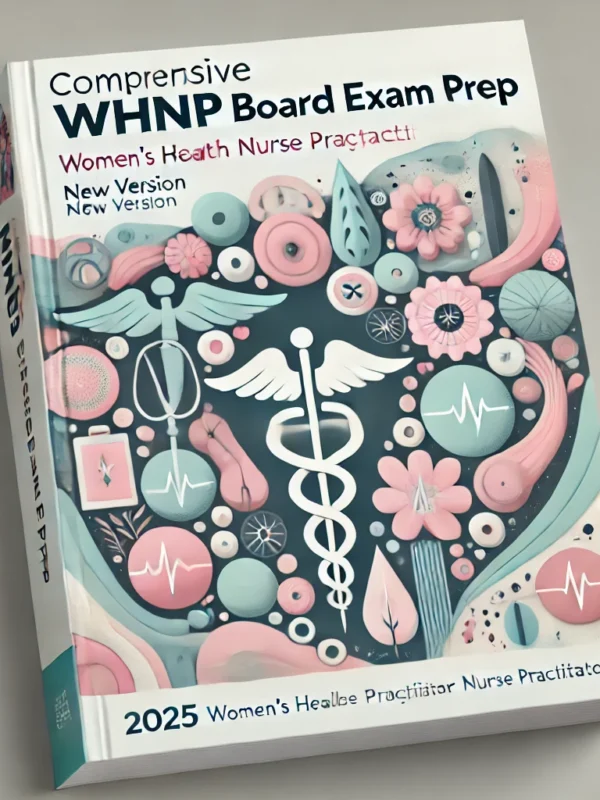
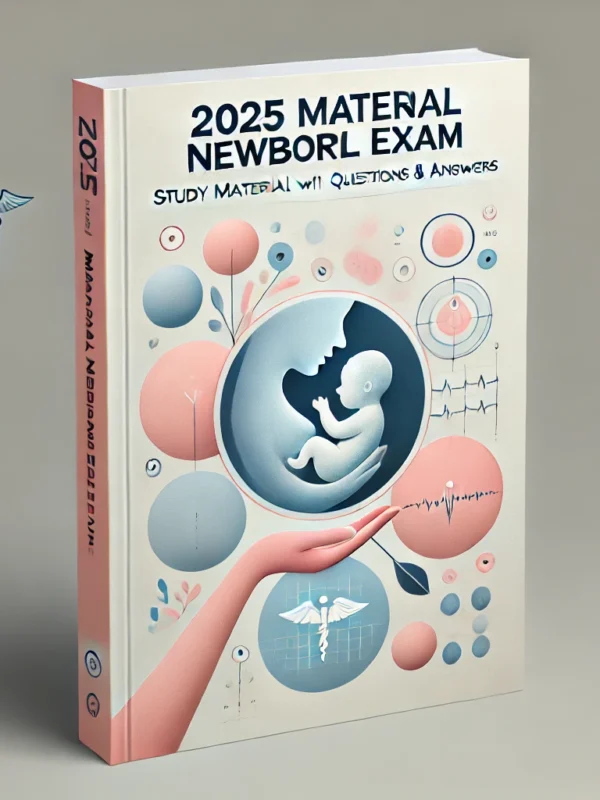
Reviews
There are no reviews yet.